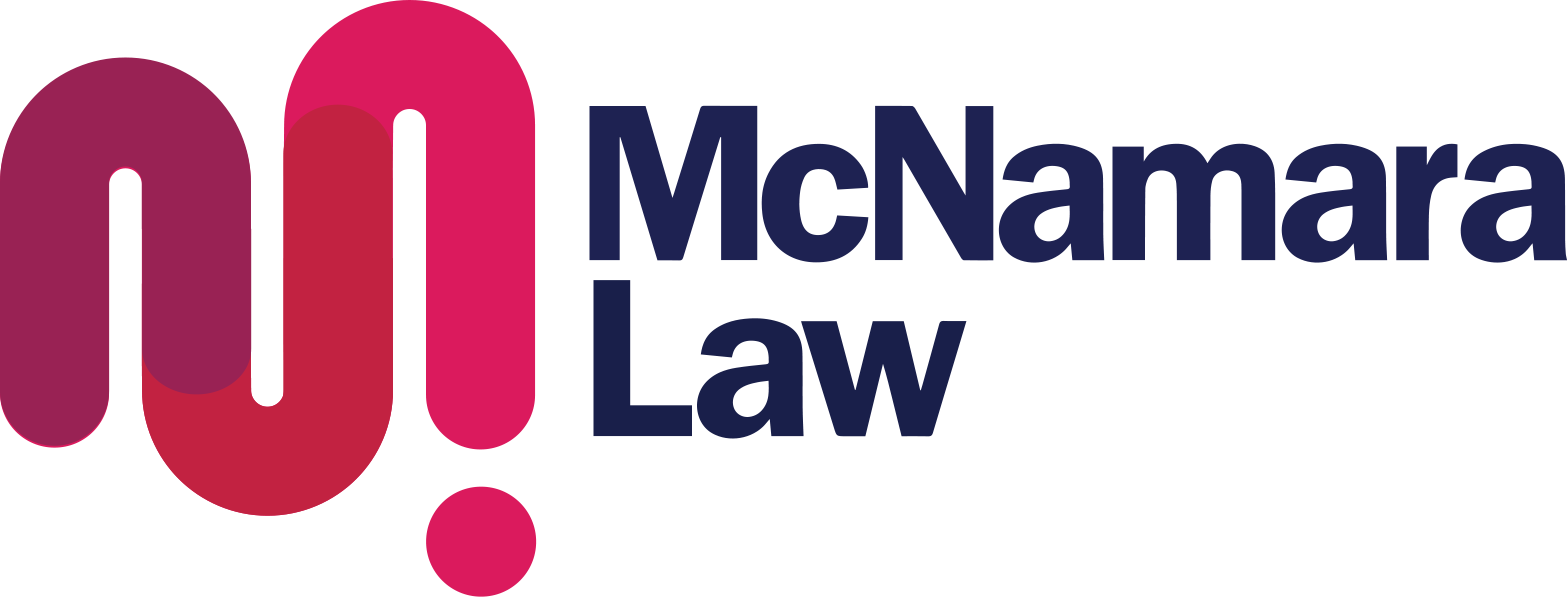The first step in any total and permanent disability claim is to obtain a medical attendant statement.
Each superannuation fund will have slightly different forms and slightly different definitions of total and permanent disability however there are two common features to all for the Doctor to consider.
The first is whether the injury has prevented you from working for a certain period of time from a date of disablement.
The second is if you will ever again be able to work in an occupation for which you are reasonably suited based on your training, education and experience.
One of the main issues we have come across in these types of claims is determining the date of disablement, and whether you can return to some type of work that you are suited for. Most of the time these are legal issues for the lawyer and insurer to grapple with, however sometimes the question can only be determined by medical opinion.
1. The definition of a Total and Permanent Disability Claim?
Before we explore those two issues, firstly what is total and permanent disability. The Courts have interpreted these types of definitions to mean that in assessing whether another occupation is one that you are suited by education, training or experience consideration should be given to your current education, training or experience not to possibilities after re-training.
A Judgment was delivered by the New South Wales Court of Appeal confirming a view that although the claimant may still have some capacity to work, the real issue is whether that work is financially rewarding and within their education, training and experience.
Just because a claimant can volunteer one hour a week with the RSPCA, does not mean they are capable of working. And just because they have been a spray painter all their life does not mean they could sell paint at the local store. Both of these are real world examples of successful claims that were initially rejected by the Insurer for those reasons.
This is usually an issue for the lawyers and insurers to argue over, but the Doctors preparing the initial medical attendant statements should have an appreciation for how you intend to use their medical attendant statement to prove these claims.
2. What does being able to work mean?
As for that first issue of the date of disablement, the obvious answer is usually the date of the injury, like a car accident, or the last date that you actually went to work.
However, some cases are not that simple, and getting the wrong date can have significant consequences on the amount you receive for your insurance, or even if you receive anything at all.
We have had to argue cases where the opposing dates of disablement meant a loss of almost $300,000 in a policy, and in another the difference of 2 weeks between a Doctor ordering a CT-Scan suspecting a condition, and receiving those results diagnosing the condition meant the client’s insurance policy lapsed during that time and he was to receiving nothing. With the first example, we needed to brief a specialist to provide a report to repair the date of disablement, and in the second example fortunately the Doctor reconsidered his position on the date of disablement, revising it to the date he suspected the condition, rather than the date he received the results, and saved the claim.
A leading authority of the date of disablement comes against from the New South Wales Supreme Court.
The key facts are summarised as follows:
- Medical evidence identified 1 April 2001 as the date on which the member became permanently incapable of gainful employment;
- The member ‘soldiered on’ at work until he left in November 2001;
- The insurer refused the TPD claim on the ground that the member was no longer covered when he last worked.
Ultimately, the Judge concluded that TPD occurred on 1 April 2001 (the date on which the member was ‘medically disabled’), even though he continued working for a further seven months following that date.
This case demonstrates that although he last worked in November 2001, his date of disablement was actually 7 months prior to that date, and the difference between them was whether or not he was insured at all for $43,000.00.
Again, this is usually an issue for the lawyers and insurers to argue over, but it is helpful if Doctors when preparing the initial medical attendant statements give some special consideration when the date of disablement is not so clear, or if a medical opinion is not possible, state that in the report rather than preparing the report with a potentially wrong date.
3. What does reasonably suited based on your training, education and experience mean?
The second issue is whether the claimant can return to some type of work that they are suited.
There are a number of cases on this point but the Doctor will need to have an appreciation for your occupation, and what experience your have had in the past.
Some funds will not require the Doctor to answer this question but others will need the Doctor to comment on what roles or duties you had in their work, and whether the Doctor believes you can continue doing those duties.
A leading authority provides guidance on the assessment as being full time employment that is reasonably open to you, but there is no capacity for employment if it is at the expense of your health, or aggravates your pain.
If the work is going to cause you pain, you shouldn’t be doing it.
If the claims cannot be resolved with the insurer then they might go to Trial. If this occurs the Doctor would be called to defend their report, and questions like their understanding of your employment history would likely be put to Doctor. So, the more information the Doctor has, either from you, or your lawyer, the easier it will be for to defend the report under cross-examination.
If you need help with your Total and Permanent Disability claim, then contact one our superannuation specialists on 1300 285 888.

